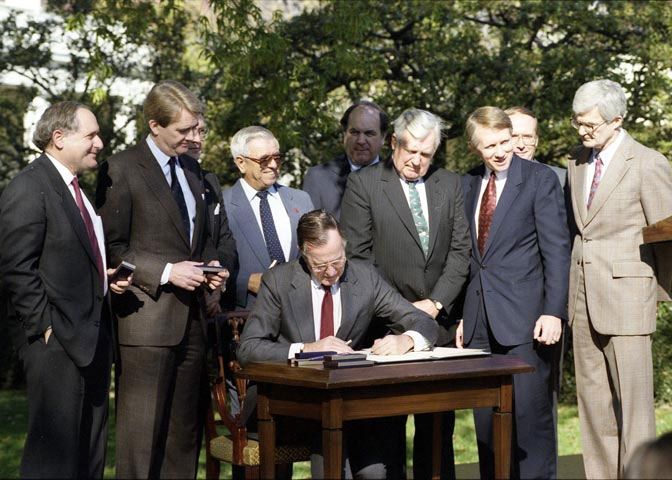Laws and Ethics

Historic and prehistoric places, objects and intangible elements (like language, culture, viewsheds) are important to understanding our past, and the past of other peoples who call this land home. Throughout the history of the United States, federal, state, and local governments have drafted and passed laws to protect the history of the United States and the history that predates it. Cultural heritage laws help to preserve and protect history for generations to come. Protecting these places, things, and sometimes people is part of ensuring they are treated ethically, cared for with respect, and can continue to teach us about the past, present and future, and enjoyed by people around the world.
When you visit archaeological sites in southeast New Mexico and around the country, elements of those places are protected by one or many of these heritage laws. These laws are driven by our collective ethical duty to preserve the past for past, present, and future generations.
For more information on how to help preserve and protect public lands:
- Explore Visit with Respect page to learn more about the impact that you make when you visit with respect.
- Two good sources of information on the ethics of land stewardship include the Society for American Archeology’s Ethics in Professional Archaeology, and Ethics and Methods from the American Anthropological Association.
“We have fallen heirs to the most glorious heritage a people ever received, and each one must do his part if we wish to show that the nation is worthy of its good fortune”
Theodore Roosevelt
